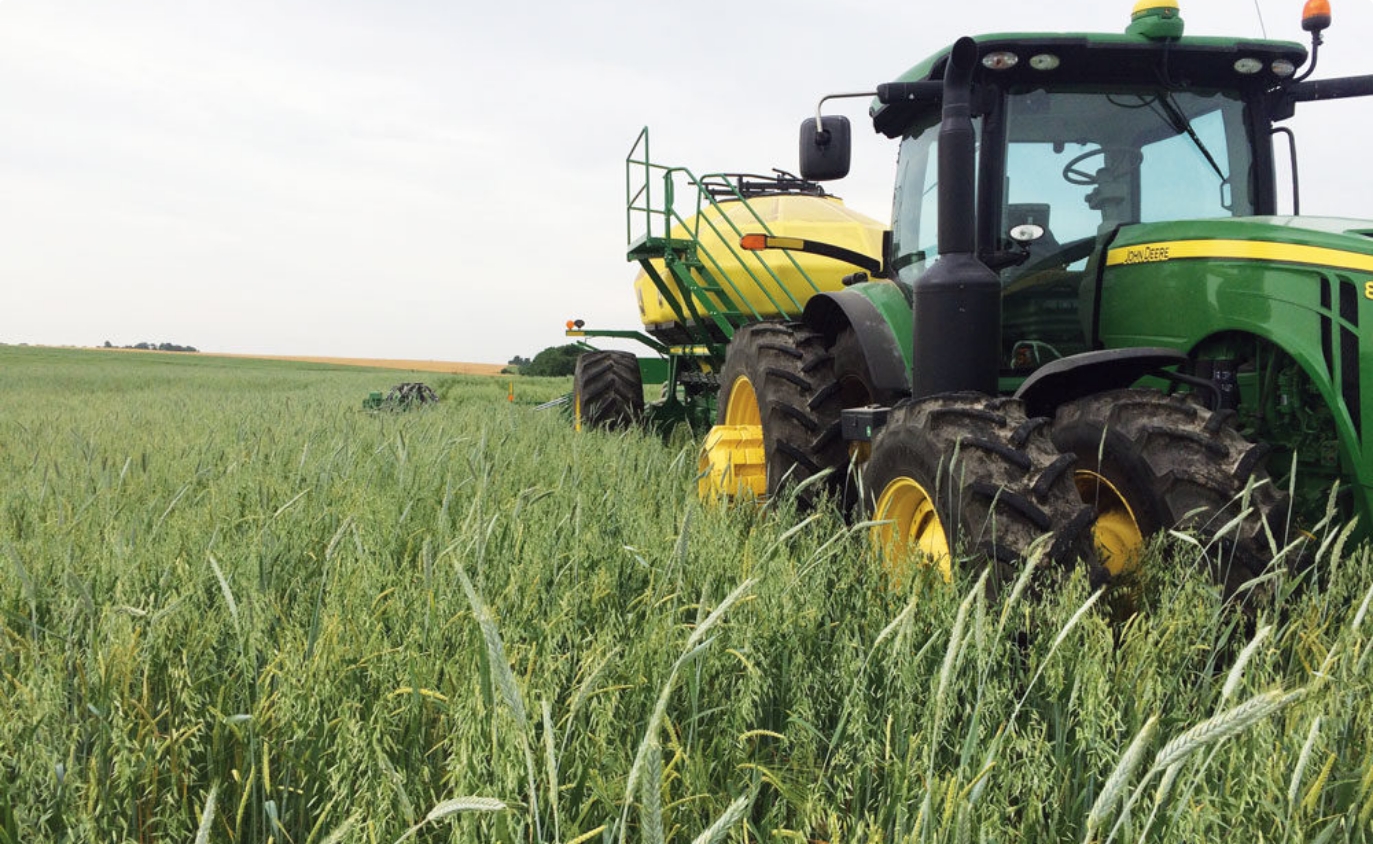In the evolving narrative of sustainable agriculture, no-till farming has emerged as a champion in the effort to reduce agriculture’s carbon footprint. At The Farm we’ve embraced no-till farming not just for its agronomic benefits, but also for its positive environmental impact. Let’s dive into the science behind how no-till farming contributes to reducing carbon emissions, backed by research and data.
The Basics of No-Till Farming
No-till farming is a method where the soil is not disturbed through traditional plowing or turning. Instead, crops are planted directly into undisturbed soil, allowing natural biological processes to flourish. This method contrasts sharply with conventional tillage, which disrupts the soil ecosystem every planting season.
Carbon Sequestration in Soil
One of the key benefits of no-till farming is enhanced carbon sequestration. Soil is a major carbon reservoir, or “sink,” and tilling the soil releases this stored carbon into the atmosphere as carbon dioxide (CO2), a greenhouse gas.
A study published in the journal ‘Soil Science Society of America Journal’ found that no-till systems can store significantly more organic carbon in the soil than conventional tillage systems. The practice of not tilling the soil helps maintain higher levels of organic matter, which includes carbon-based plant and microbial material. This matter is key in capturing and holding carbon in the soil.
Reduced Emissions from Machinery
No-till farming requires less use of heavy farm machinery compared to conventional tilling. This reduction in machinery use means less fuel consumption, leading to lower CO2 emissions. According to a report by the Rodale Institute, fuel usage in tilling can be reduced by up to 80% with no-till practices. This reduction is significant considering the carbon footprint associated with fuel production and consumption.
Improved Soil Health and Reduced Need for Fertilizers
Healthy, no-till soils with high organic matter are more efficient at nutrient cycling. This efficiency can reduce the need for synthetic fertilizers, the production of which is a significant source of greenhouse gas emissions. The United Nations Food and Agriculture Organization (FAO) highlights that nitrogen fertilizers are particularly energy-intensive to produce and can contribute to nitrous oxide (N2O) emissions, a potent greenhouse gas, when applied excessively.
Impact on Methane and Nitrous Oxide Emissions
While no-till farming is beneficial for reducing CO2 emissions, its impact on other greenhouse gases like methane (CH4) and nitrous oxide (N2O) is more complex. Some studies suggest that no-till can increase N2O emissions due to higher moisture content in the soil. However, the overall consensus in the scientific community is that the benefits of increased carbon sequestration and reduced CO2 emissions far outweigh these potential increases.
The Broader Environmental Impact
Beyond the farm, no-till farming contributes to larger environmental benefits. By reducing erosion, improving water retention, and enhancing biodiversity, no-till farming supports ecosystems that are more resilient to climate change.
Conclusion
The adoption of no-till farming is a significant step towards sustainable agriculture, with profound implications for reducing the carbon footprint of farming. As we continue to implement and refine our no-till practices, we are motivated by the growing body of scientific evidence supporting its environmental benefits. It’s a method that not only sustains but also regenerates our land, contributing to a healthier planet for future generations.

